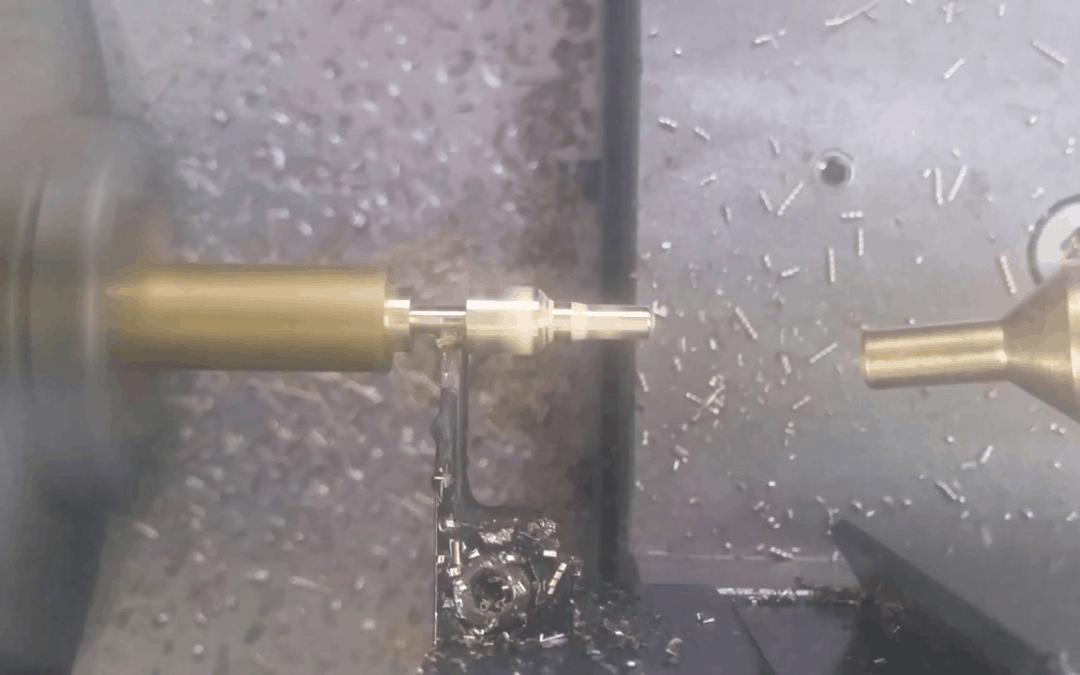Whether it’s a canned cycle on a CNC machine, speed and feed figures from a color-coded chart or handwritten notes on a job ticket, machinists rely on standard cutting data every day in the metal-cutting industry. This data tend to act like speed limits for operators – if you exceed the recommended cutting data for a given material, you’ll dramatically reduce tool life or scrap an expensive workpiece. However, by selecting appropriate materials and updating cutting data to match the potential of today’s high-speed machine tools, manufacturers can break these speed limits and use the full potential of their cutting tools to improve the profitability of their part-production operations.
Machine tool OEMs have pushed manufacturing technology further than ever in recent years, but innovation can’t change physics. If you push speeds and feeds too high with many materials, tool life will be dramatically reduced, surface finishes will be ruined, and the process will produce more burrs. Modern CAD/CAM programs and post-processing systems can identify so-called “high-speed machining zones” along a toolpath, but taking advantage of this requires significant programming expertise or state-of-the-art CNC equipment, if not both, for relatively modest time savings.
To take full advantage of modern machine tools, you have to select a material that can be machined as fast as the spindles will allow. like brass. Unfortunately, most of the standard cutting data that machinists use when cutting brass parts is out of date. The speed limit is set far too low for what is now possible with modern high-speed machine tools. In fact, there is practically no speed limit. With the correct tooling and setup, brass allows you to take advantage of the full power of your machines.
The high-speed machining potential of brass was investigated in a peer-reviewed paper created by the Copper Development Association (CDA) and TechSolve Inc. that appeared in Modern Machinery Science Journal, “High Speed Machining of Brass Rod Alloys.” In the study, both laboratory and production-scale findings demonstrated that with the use of high-speed machine tools, brass can be machined at speeds and feeds far greater than previously thought for long production runs without negatively impacting surface finish or chip formation – the latter of which is particularly important given the high recyclability and scrap value of brass.
To understand the real-world impact these new data might have on machine shops’ profitability, CDA and TechSolve partnered with SPR Machine in Hamilton, Ohio. By switching to brass from steel, the shop saw massive gains in productivity. After further optimizing the part program and using aggressive speeds and feeds, SPR was able to go from 76 units per eight-hour shift to 191 units.
With most materials, shops are lucky to use 60-70% of their high-speed machine tools’ top speed. But with brass, there are essentially no speed limits. By optimizing part programs, selecting effective cutting tools and leveraging the power of modern high-speed machining, manufacturers can use 100% of their machine tools’ capacity – and make their shop more profitable than ever with the true productive power of brass.
See how profitable you can be by combining brass and high-speed technology here with our profitability calculator.


Recent Comments